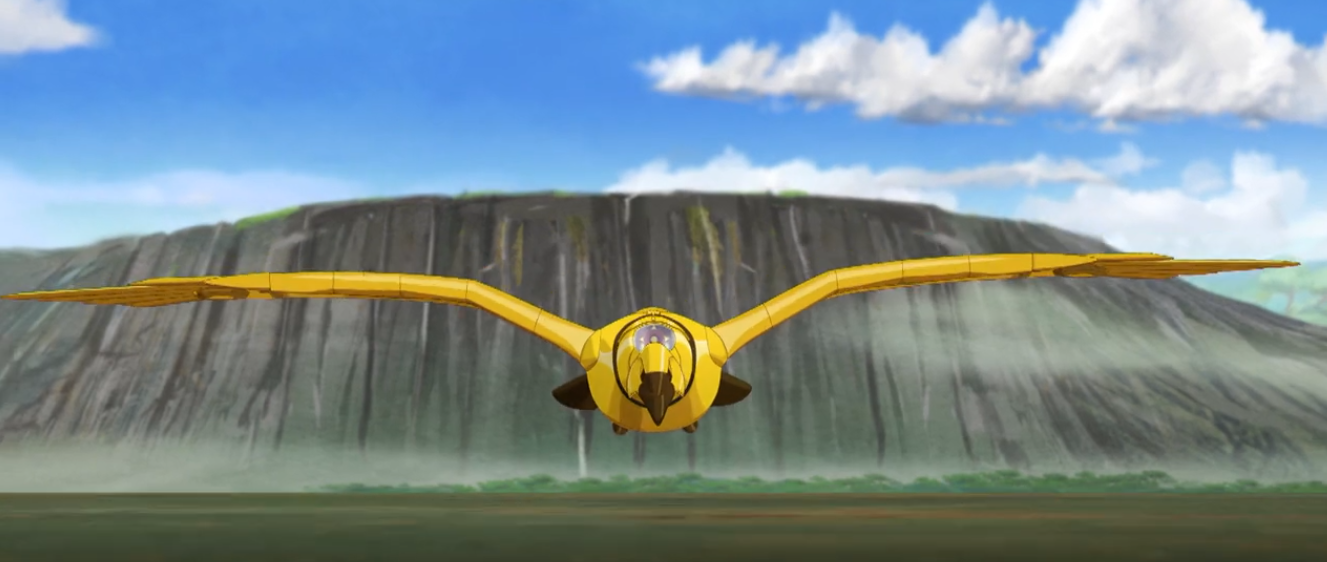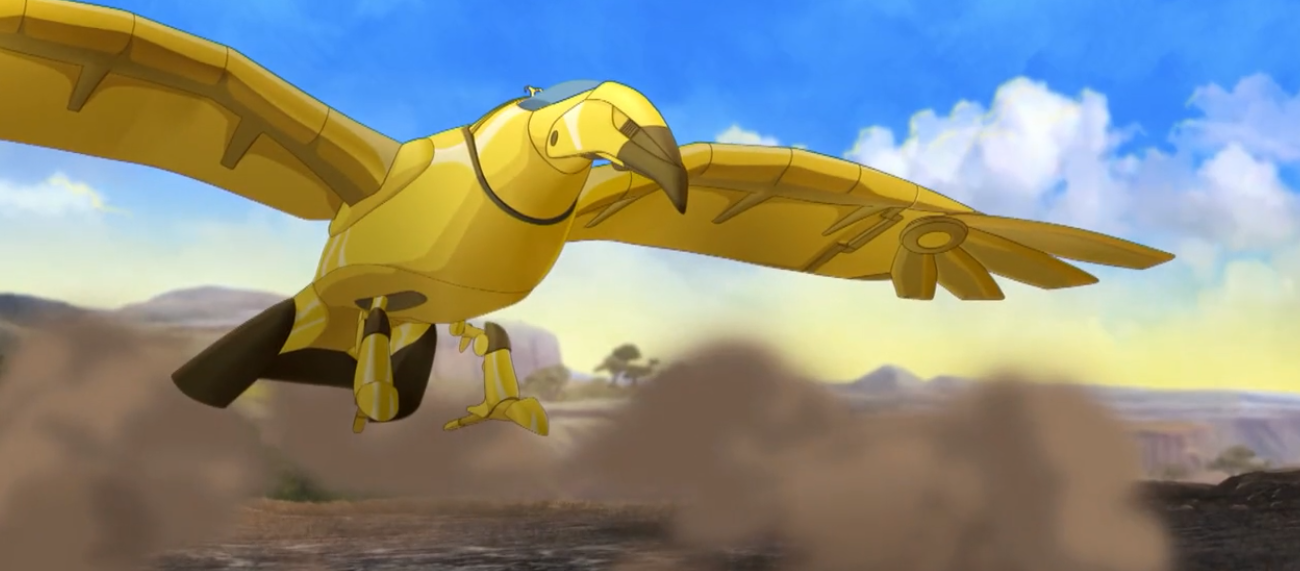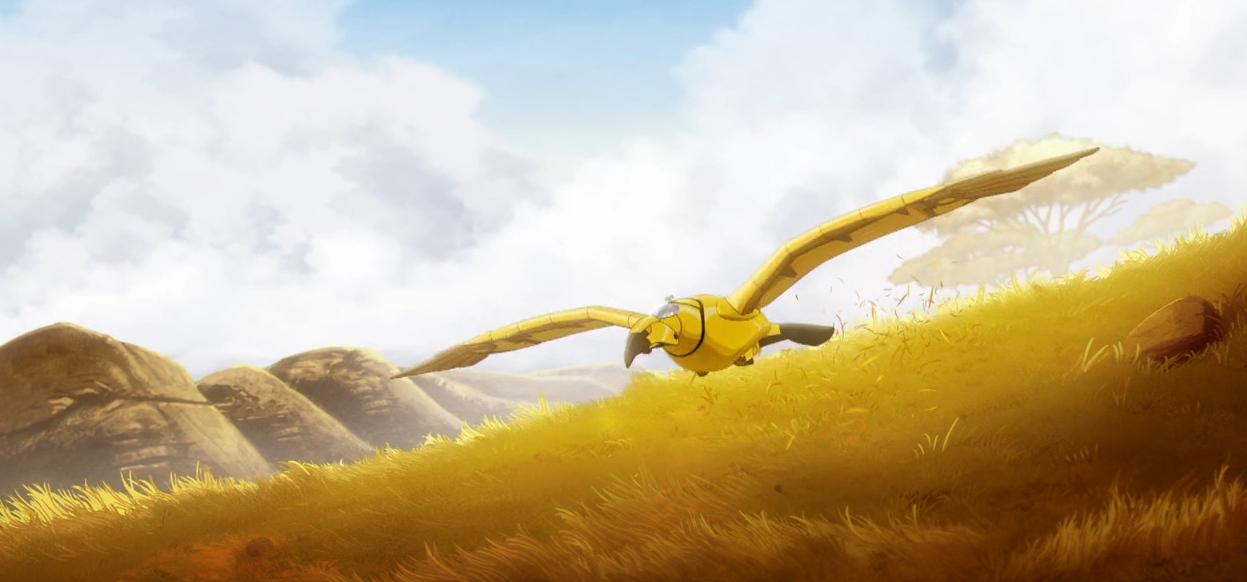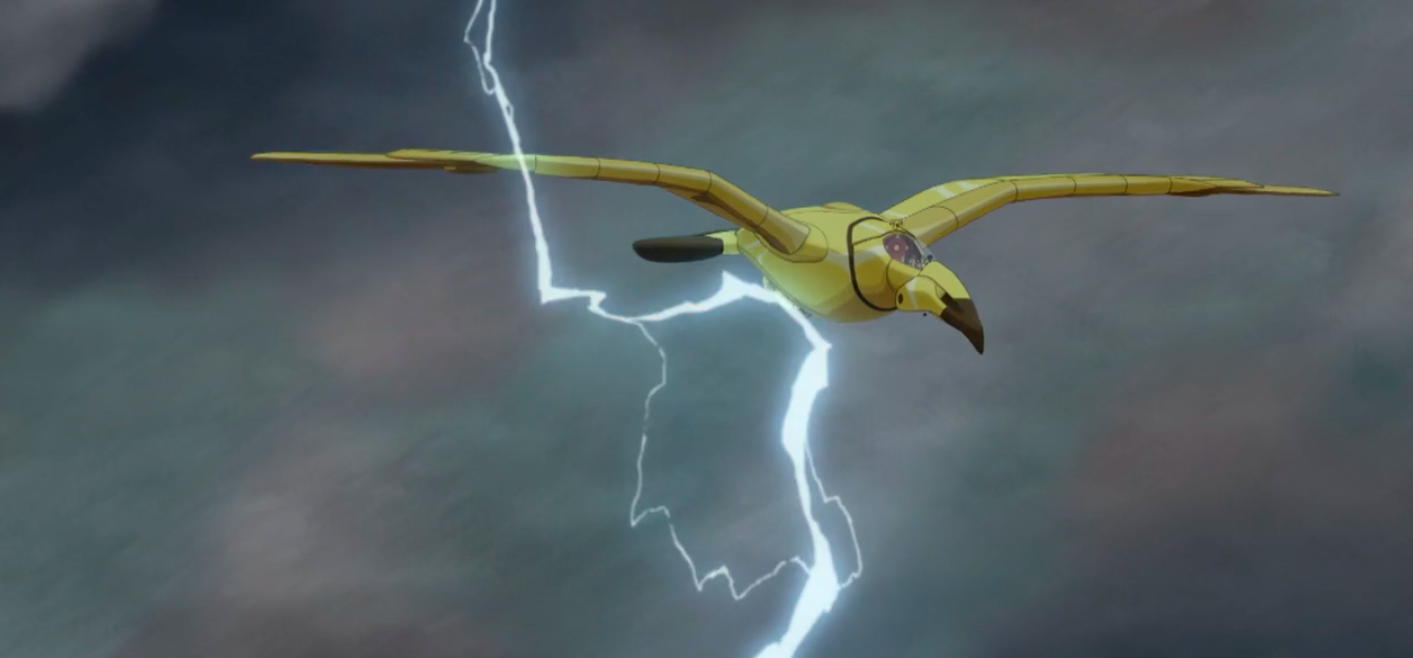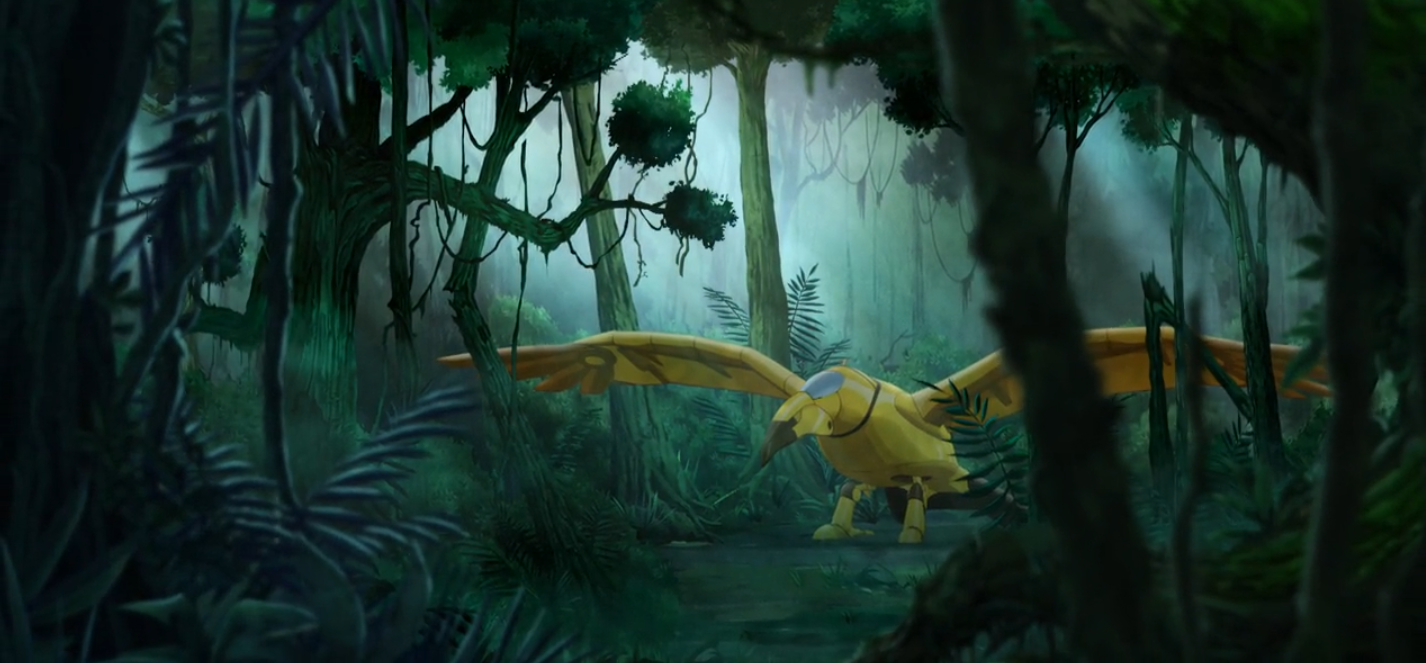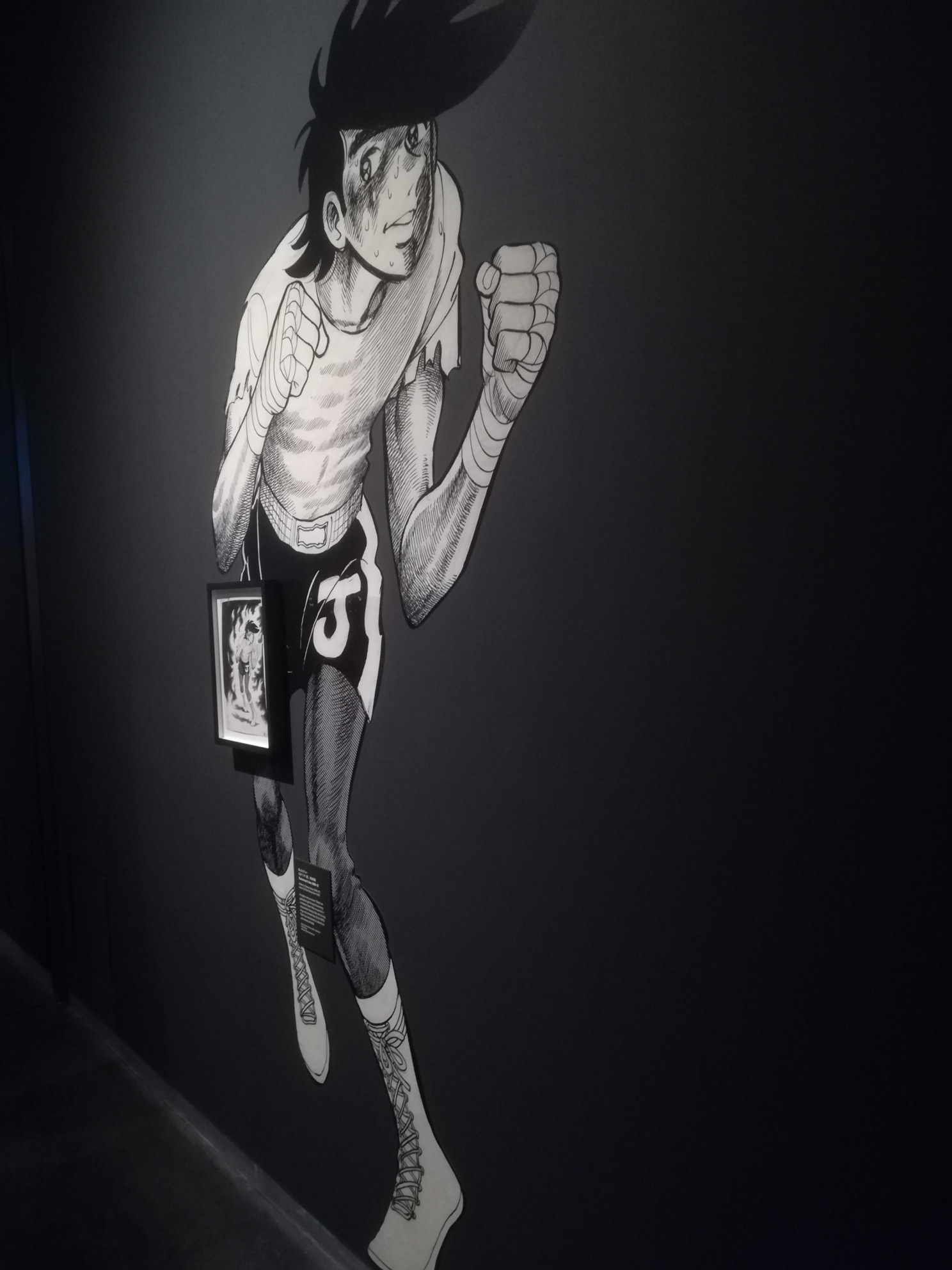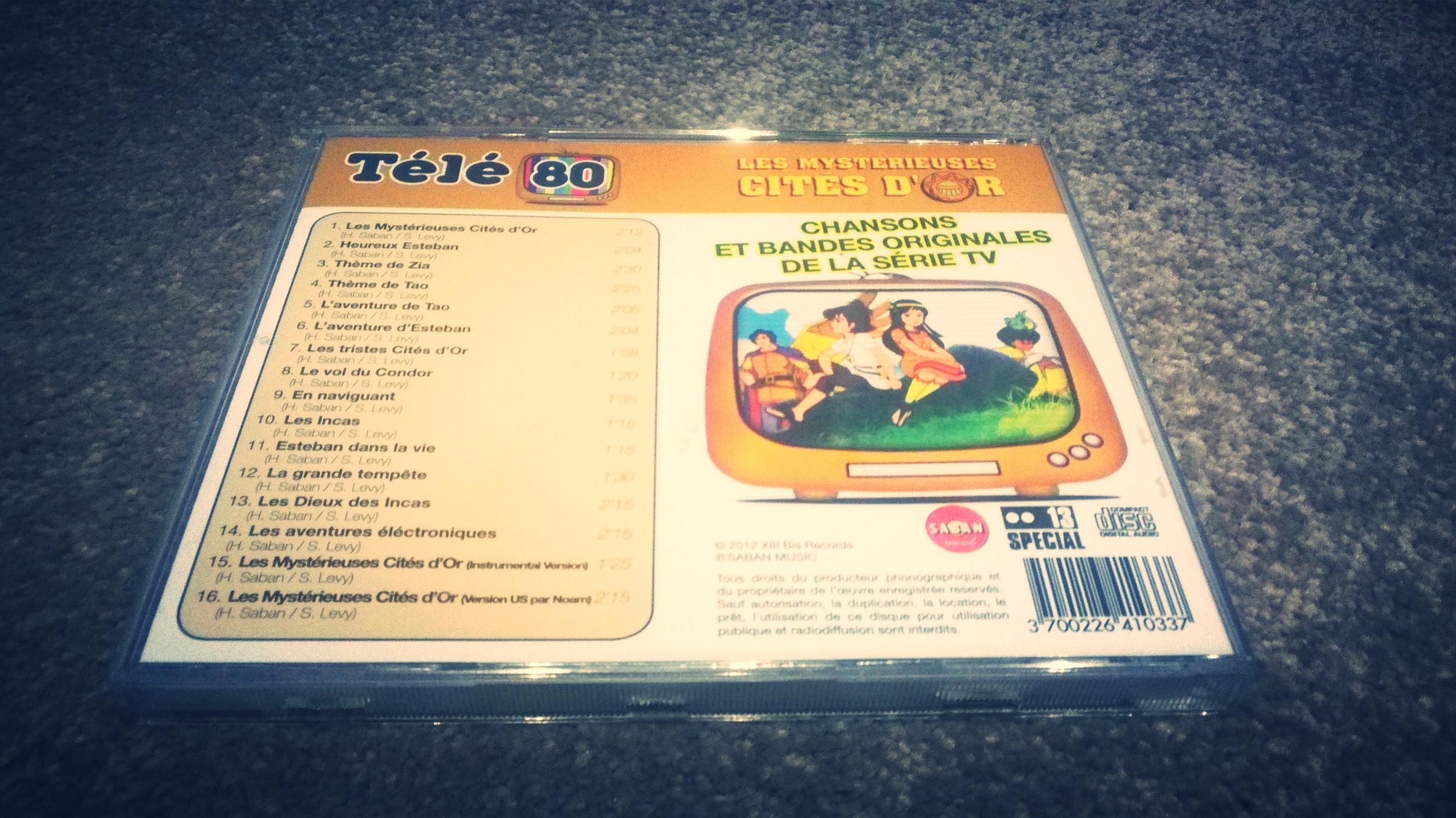I first caught the series on BBC 1 in the early 80s and was beguiled by the mythical adventure story of a young Spanish boy named Esteban who joins a voyage to the New World in search of the lost Cities of Gold and his father. The impressive looking background art, sharply drawn characters, and the beautiful soundtrack kept me entranced throughout the whole series, becoming my favourite programme of all time. It was incredibly formative for me and introduced me to the wonders of the ancient world including the Incas, Aztecs, Atlantis and El Dorado. Even at the age of 37 I still regularly revisit the programme every year and I can attest to the fact that it still holds up as an impressive piece of work.
Over a decade ago, I bought Les Mysterieuses Cites D’or: Les Secrets D’une Saga Mythique (The Mysterious Cities of Gold: Secrets of the Mythic Saga) knowing that it was in French but knowing that sooner or later, there would be technology available to allow me to conveniently translate it. And lo and behold, Google Lens has made my life much easier by allowing me to do just that. It's not an elegant solution mind you, holding up a phone over the page and waiting a few seconds for it to translate and then reading it before moving onto the next paragraph is a lengthy procedure so this book better be worth the hastle! So, has it been worth the wait? Let's see...
The book is split into 3 parts: the first looks at the origins, pre-production and production of the series, the second looks at the parallel between its fiction and reality with a look at the characters and setting, and finally, the third looks at the legacy of the series. Since this book was written in 2013 it only looks at the first season but that is is fine by me as it's the one I most resonated with and the one that holds most nostalgic value.
The first section looks at the legend of El Dorado and the city of gold before moving onto Scott O'Dell's book, The King's Fifth. Attaining the rights to create a television series loosely based on the book, DIC and NHK (alongside MK and RTL) worked together to create a story bible of sorts. Whilst there were disagreements about character designs and music along the way, the process was mostly smooth.
Of particular interest to me in this section was the chapter on the creation of the documentaries. As a youth, I loved seeing these and they opened up my eyes to another world of which I knew very little. Additionally, the sublime music, which was so formative for me gets a full four pages talking about the precise keyboards and processes used to create that signature sound. This was mana for heaven for me.
The second section looks at the character, setting and mech designs. The sketches of the original designs was great to see as you could see the iterations that occured along the way before we end up with the designs we all know and love. There is also a section on the themes and ideas of the show, which is very humanist in it's tone.
The final section was very interesting for me as it looked at the myths and legends that formed part of the 'fantastic realism' of the series. The legend of Atlantis, a lost ancient population of giants, old world advanced technology and many other alternate history theories have all been part of the bibiliographic milieu for centuries, all the way from Plato to Dan Brown. The MCOG used these ideas as a springboard to create a fantastical world in the genre known as 'esotericism'.
The deep dive into the symbolism of the show was amazing as it offered new insights into a show I thought I knew pretty well. The idea that the location of the 4 cities represents the natural philosophical elements of air, earth, fire and water was honestly a bit of a revelation.
Overall, as a huge fan of the series, this book was everything I could wish for and more. It goes into deep dives about all the areas you would want covered and does so with an insiders insight and flourish. I love this book and it is a forever one for my collection.
LINK- The Mysterious Cities of Gold: Season 4 Review
LINK- Mysterious Cities of Gold Season 3 (English Dub) -Complete Series Review
LINK: Japan: My Journey to the East
LINK- Ulysses 31 Retro Soundtrack Review
LINK- MCOG Soundtrack on Vinyl Review
LINK- Twin Peaks: The Return Series Review











